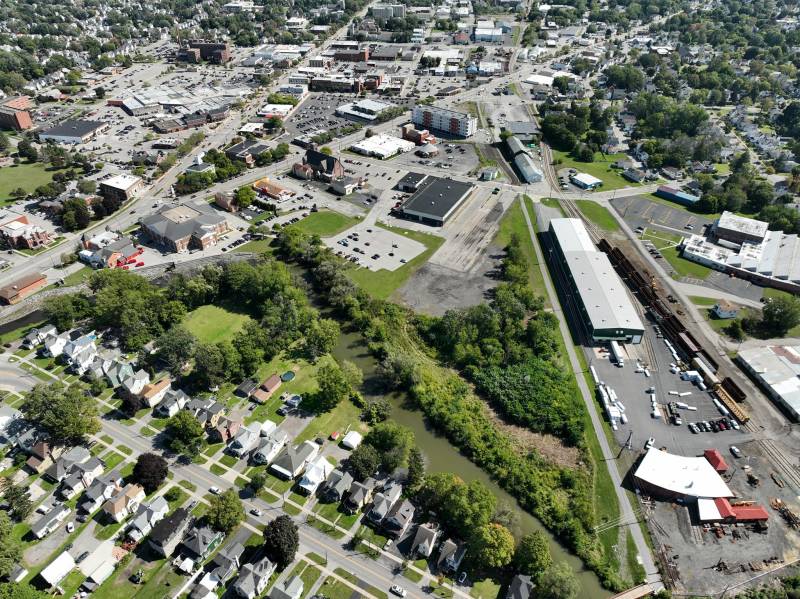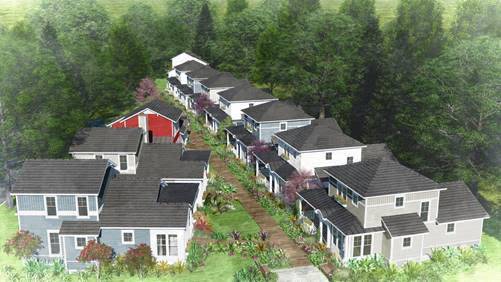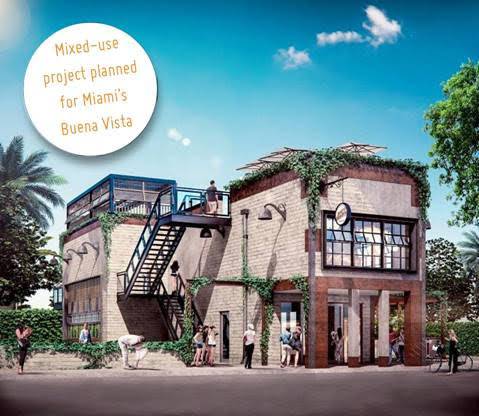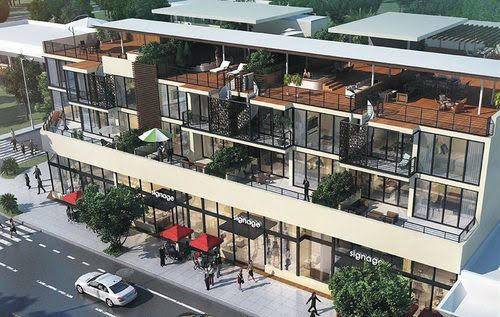City resident raises issues of street sign, council size and future housing at Creek Park

Photo by Howard Owens
Batavia has had its share of local crusaders over the years — local citizens willing to pack up topics of concern and carry them into City Council meetings to address at the podium in the hope that city leaders will listen and respond.
Folks have been frustrated about unplowed streets, unshoveled sidewalks, property tax increases, a lack of specific businesses, city staff salaries, and various other concerns depending on the season, the year, and the week.
Sammy DiSalvo Jr., who has previously attempted to run for City Council and has been outspoken at meetings and online, is no stranger to this tradition. This week he brought in three concerns and related requests.
His first issue was about a former yield sign on Harvester Avenue that has been changed to a stop sign. He’d like to see that reverted back, he said.
“Many people don't really stop there, and it's kind of a safety hazard,” he said during Monday's council meeting at City Hall. “And I don't understand why that's a stop sign, but the corner of Jackson has a yield sign. So that's my first request.
“My second request is kind of commenting on the City Charter, and if there's an explanation as to why our City Council's as large as it is,” DiSalvo said. “We have about 15,000 people and we have nine members on our council that we pay to do a job, and places like North Tonawanda that have double our population have half of our council members, and I'm just wondering why we require so many, and if we can make our council reflect the population of Batavia and maybe reduce the size to an appropriate number.”
His third item was about the city’s intention to put Creek Park property on Evans Street out for future housing development.
DiSalvo pointed to some 10 or so comments on a social media post as to what he believes is proof — an accurate “barometer” of local sentiment — that the majority seemed to agree that developing the plot of green space along the Tonawanda Creek and behind McCarthy ice arena was not a good idea.
“I would like council to think about not selling that plot of land and turning it and developing it into something that more of the community can use. We live on a creek town, and there's really no public place along the creek that is safe to go on, except for behind the courthouse where there's a nice little park,” he said. “We all saw what just happened. And unfortunately, we could not complete the market rate housing across the street here, and that was a warning sign that we had for two years. The first warning sign that was going to be for low-income housing came with the Batavian article on Sept. 16, 2022, when Savarino announced that there was going to be low-income housing. And then, two years later, it seemed like a shock. So I would like you to reconsider selling that plot of land. Or if you do sell it, restrict it somehow the sale, the use of that for any kind of housing whatsoever, turn it back to something that the community can use.”
Council members John Canale and Eugene Jankowski Jr. were curious about the yield sign on Harvester as well, and they asked for more information from the police and/or public works departments about when and why it was changed.
Canale also addressed the number of council members issue. Nine members have been established for several years, with one each for six designated ward territories, plus at-large positions and a council president.
Per Section 3-4 from the City Charter, the council member “shall receive compensation,” and ward members are paid $5,000 each, and council president is paid $7,000. Those salaries were increased in 2022, with council voting itself a raise from $3,500 and the president position up from $4,900.
Canale not only defended that pay but said he’d like to see it increased again, reminding everyone that he won’t be on council next year. As for the nine members, “more people is better representation with the amount of awards and districts that we have here in the city,” he said.
“I would imagine this goes back to when we split the city up into wards, and we split it up into districts. At some point in time, our forefathers split it up into a council person per ward kind of thing. And then three large positions, I don't know who's responsible for that. As far as the public's concern about pay, I would be interested to see how these other council people are paid, because I know these councils here, don't get paid very much to do this, at one time this was a completely volunteer position,” Canale said. “Way back in my dad's day when he was a council person, I think is when they initiated a small stipend to give some incentive for good people to serve. We don't even think about it, because it doesn't affect our income, we don't do this to live on, obviously. I don't think we have to worry about the amount of money that we're spending to represent the entire population of the city.”
North Tonawanda’s five council members are each paid $8,000, and its president’s salary is $8,500, according to a Niagara Gazette article about the council’s failed attempt to get a salary increase vote to the floor.
Jankowski addressed an online comment that DiSalvo mentioned about the city’s previous plan to have a second ice rink.

“The second sheet of ice was tabled because it was a $25 million project. We just don’t have that kind of money. If a private industry wants to come in and build a sheet of ice there, contact us, and we’ll talk to you about it,” Jankowski said. “But as far as the city is concerned, there are other things that we’re spending our money on at this point. We can’t do everything we’d like to do. As far as Creek Park … we have a need for housing, especially middle-income housing. That seems to be the idea that keeps coming back for that project, and it’s still under review. So when that time comes, you can come and speak and give your opinion on it, but at this point, it’s really, nothing really moving on it, it’s a very slow process, we’re still looking into it.”






